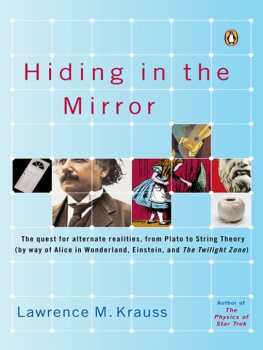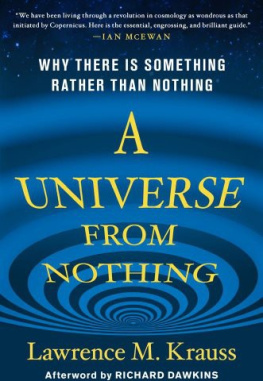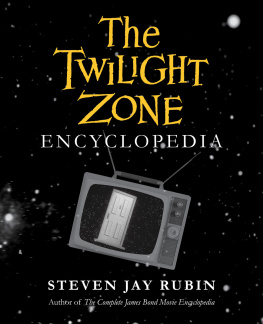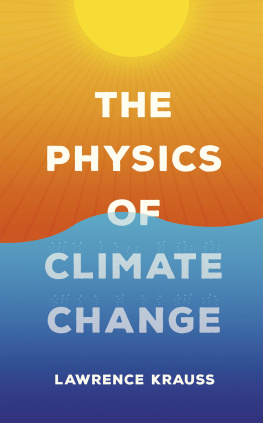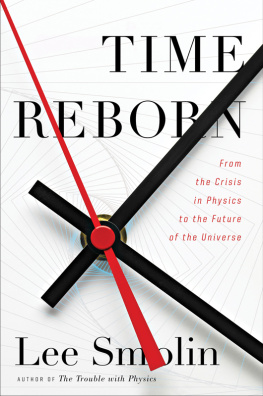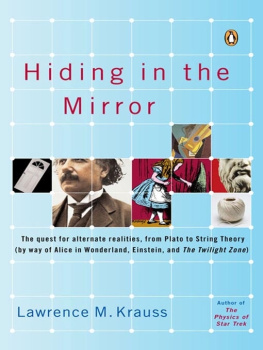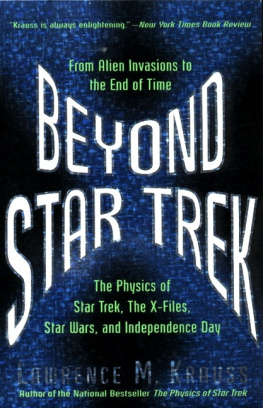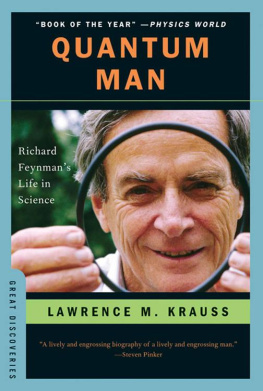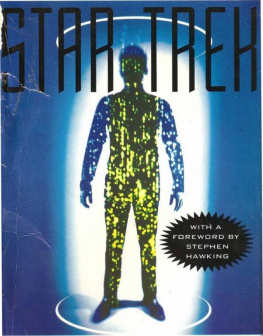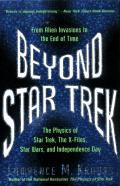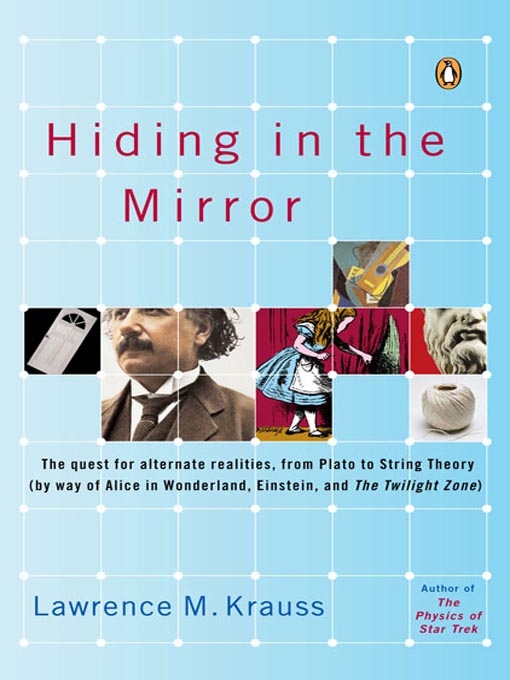V I K I N G
VIKING
Published by the Penguin Group
Penguin Group (USA) Inc., 375 Hudson Street,New York, New York 10014, U.S.A. Penguin Group (Canada), 90Eglinton Avenue East, Suite 700, Toronto, Ontario, Canada M4P 2Y3(a division of Pearson Penguin Canada Inc.) Penguin Books Ltd, 80Strand, London WC2R 0RL, England
Penguin Ireland, 25 St. Stephens Green, Dublin2, Ireland (a division of Penguin Books Ltd) Penguin BooksAustralia Ltd, 250 Camberwell Road, Camberwell, Victoria 3124,Australia (a division of Pearson Australia Group Pty Ltd)
Penguin Books India Pvt Ltd, 11 CommunityCentre, Panchsheel Park, New Delhi - 110 017, India
Penguin Group (NZ), Cnr Airborne and RosedaleRoads, Albany, Auckland 1310, New Zealand (a division of PearsonNew Zealand Ltd) Penguin Books (South Africa) (Pty) Ltd, 24 SturdeeAvenue, Rosebank, Johannesburg 2196, South Africa
Penguin Books Ltd, Registered Ofces:
80 Strand, London WC2R 0RL, England Firstpublished in 2005 by Viking Penguin, a member of Penguin Group(USA) Inc.
Copyright Lawrence M. Krauss, 2009
All rights reserved
Figure on page 67: Brendan Crill, The BoomerangCollaboration. All other drawings by the author.
ISBN: 1-4362-9493-2
CIP data available
Set in Baskerville Book with Helvetica Neue
Designed by Daniel Lagin
Without limiting the rights under copyrightreserved above, no part of this publication may be reproduced,stored in or introduced into a retrieval system, or transmitted, inany form or by any means (electronic, mechanical, photocopying,recording or otherwise), without the prior written permission ofboth the copyright owner and the above publisher of this book.
For my mother... at last!
There is a dimension, beyond that which isknown to man.It is a dimension as vast asspaceand as timeless as innity.It is the middle groundbetween light and shadow,between scienceand superstition,and it lies between thepit of mans fearsand the summit of hisknowledge.This is the dimension ofimagination.
Rod Serling, The TwilightZone
R E M I N I S C E N C E
A DIMENSIONAL LOVEAFFAIR
Two parents wake in themiddle of the night to sounds of theirdaughters crying out in the distance. The father rushesto her bedroomand nds her missing. Hefrantically searches everywhere, slowly com-ing to the grim realization that she is gone. His wiferuns into the roomsoon afterward, overcomewith panic. At his wits end, he dashes outto the living room and picks up the phone and calls aneighbor. He re-turns to his wife and, inwords that are probably unique in the historyof television, tells her:
Bills coming over. Hes aphysicist! He ought to be able to help!
Forty-two years ago,when I was very young, a Twilight Zoneepisode called Little Lost Girl scared the living daylights outof me. Touching on every childs fear of being separated from thesafety of parents and home, the episode told the story of a littlegirl who falls into another dimension.
When I rst thought about writing a book thatmight focus on our love affair with extra dimensions, Little LostGirl came immediately to mind, although I confess I had no memoryof the episodes title or when it aired. After a short bit ofresearch on the Web, I was able to locate it, and a few days later,along with forty-two other episodes I had to buy in a Twi-light Zone boxed set,it arrived at my door.
That night I placed the DVD into my computerand relived my childhood trauma. The eerie thing was that Iremembered everything about the episode... except for the physicist! But suddenly, upon hearingthat line of dialogue, a rush of memories came ooding back. Ofcourse! The physicist was the hero of the episode. He came over inthe middle of the night, discovered and traced out the portal inthe wall through which the small child and her dog had wandered,guided her father through the gap, and ultimately reached throughand saved the father and the terried duo moments before this doorto another dimension closed forever.
I now vividly remember (or I think I remember)being struck by how exotic and powerful Bill the physicistsknowledge seemed, and how much respect this knowledge engendered inhis frightened neighbor. I, too, wanted one day to be privy to suchsecrets, and to explain them. I wanted to be the one whom people indistress knew they could count on. In short, thephysicist-superhero!
Alas, I have been a physicist for over twentyyears now, and except for some students every now and then thenight before an exam, no one has sought out my physics expertisewhen in distress. Nevertheless, I sometimes wonder if I write bookssuch as this to fulll my desire to provide what Bill had offeredhis neighbors: insights that physics has revealed about universalhuman mysteries, such as from whence we came, and what may liebeyond the darkness of the night. Some people seek solace throughthe spirit, but for others it comes through knowledge. As RodSerling, the creator of the Twilight Zone,observed in his weekly introductions beginning in 1959, the humanimagination can create whole universes into which we can travel viathe depths of despair or the peaks of ecstasy. Ultimately ourcontinuing intellectual fascination with extra dimensions may tellus more about our own human nature than it does about the universeitself.
We all yearn to discover new realities hiddenjust out of sight. So much so, that we have continually reinventedthem throughout human history, whenever the world of our experiencehas seemed lacking. But this does not necessarily mean that all ofthese worlds beyond our direct experience are unreal. There arescientists today who truly expect to discover the existence ofextra dimensions and perhaps even extra universes in our lifetime.I originally began this book because I wanted to explore the uniquecultural and scientic legacy that has led to our currentfascination with exotic new realms that may lie hidden in themirror. But I never guessed that the voyage could be so personal. Inow realize that with seven words heard in a television programsome forty-two years ago, my own future may have beendetermined.
C H A P T E R 1
THE PRIVILEGE TO LIVEIN SPACE?
I call our world Flatland,not because we call it so, but to make itsnature clearer to you, my happy readers, who areprivileged to live inSpace.
So begins perhaps themost famous mathematical romance ever written. Penned in 1884,twenty-one years before Albert Einstein revolutionized our notionsof space and time, under the pseudonym A. Square by the clergymanand Shakespearean scholar Edwin A. Abbott, Flatland was a poignant tale told by a wistfultwo-dimensional being who had just discovered the miraculousexistence of three-dimensional space and longed to enjoy it. Theunhappy hero of this saga urged us lucky Spacelanders to recognizethe beauty of the higher-dimensional universes that he thusenvisaged.

